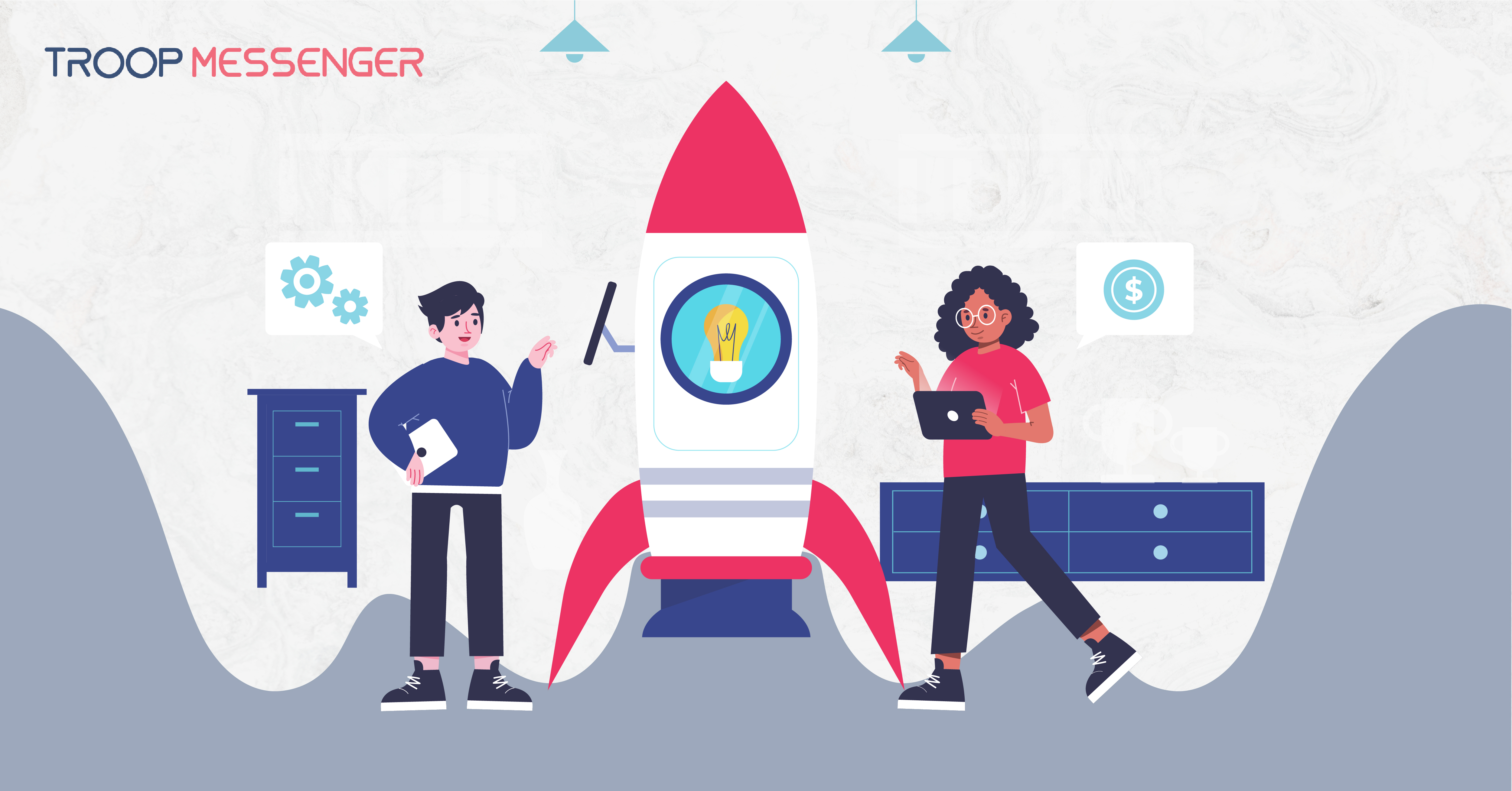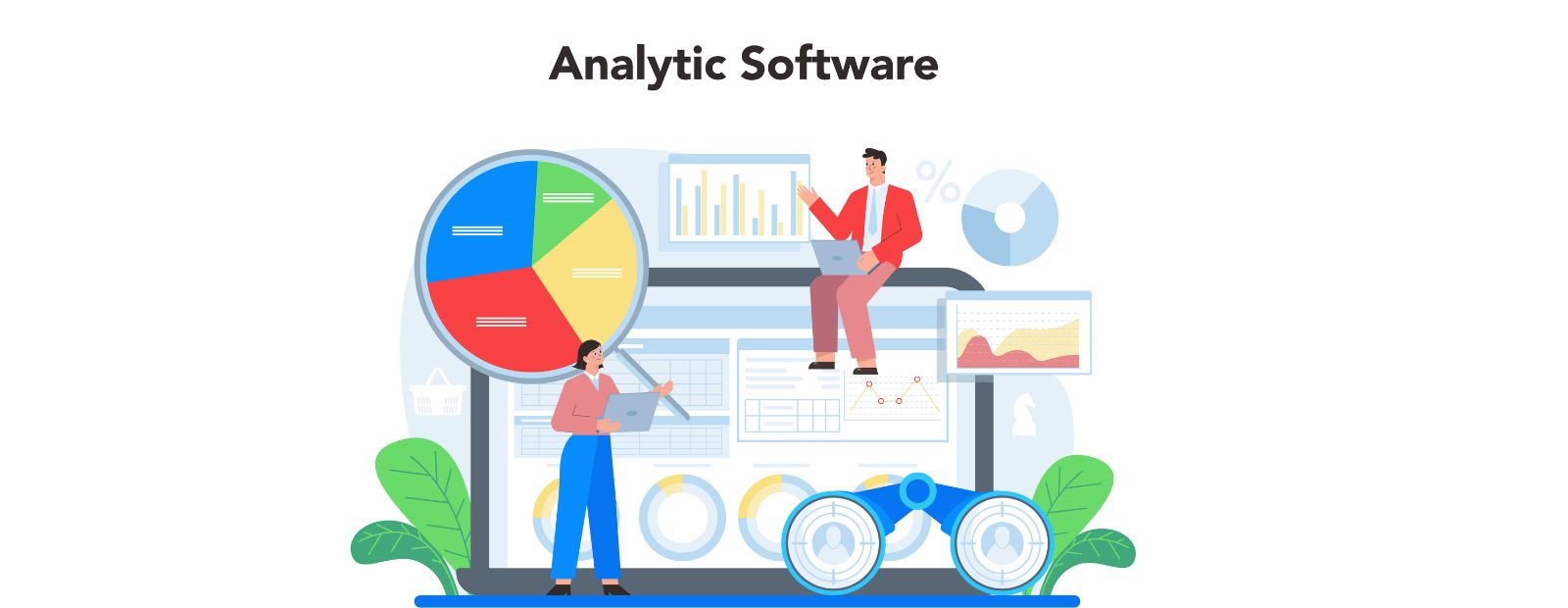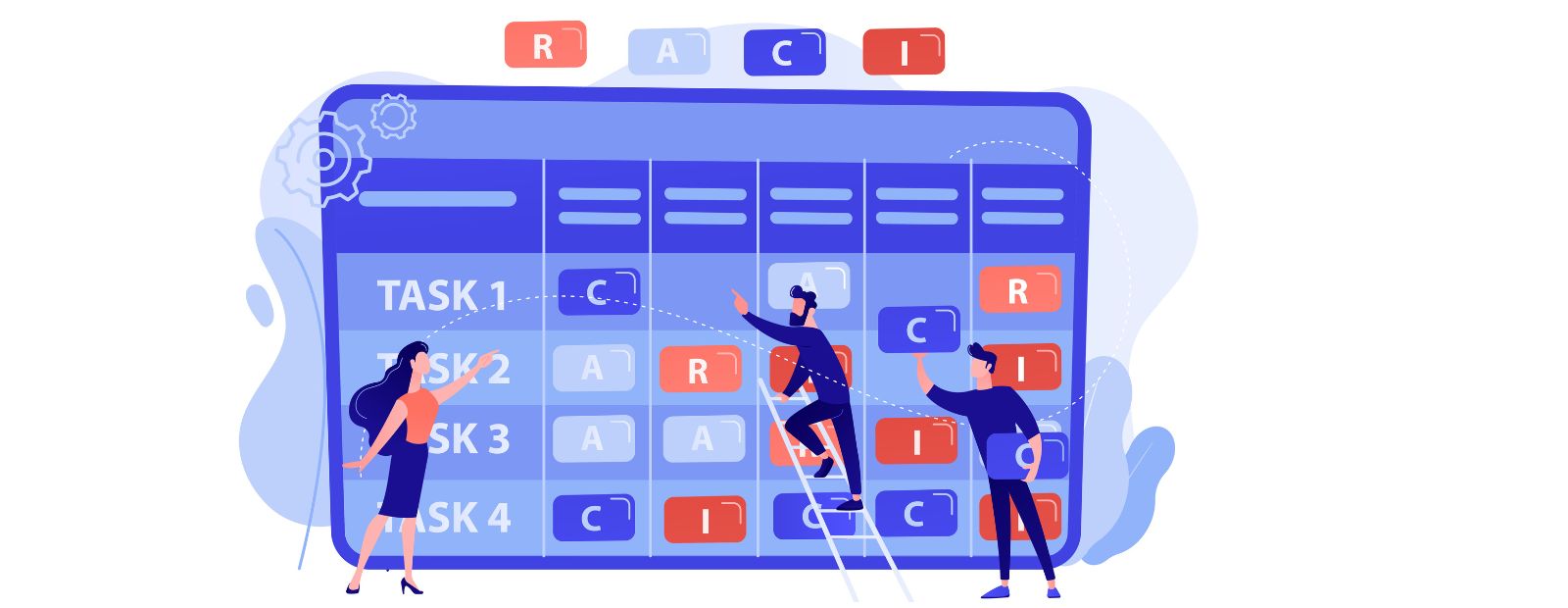Connect with us

Leveraging Technology for Better B2B/B2C Communication: Top Tools to Boost Your Business
When it comes to B2C businesses, leveraging tools that adapt to customer behavior can transform your engagement strategies. AI and machine learning are revolutionizing how companies personalize their communications, adjusting messages based on individual actions and predicted needs. This creates a more relevant and engaging customer experience, which is essential for driving conversions and loyalty.
For B2B companies, leveraging account-based marketing and intent data can help you build stronger, more meaningful relationships with your clients. These technologies enable a deeper understanding of client needs and behaviors, allowing for tailored communications that resonate on a personal level.
By focusing on personalized communication and utilizing cutting-edge tools, you can position your business for sustained growth and success.
Assessing Communication Channels and Technology Tools
Choosing the right communication channels and integrating advanced technology tools can significantly enhance both B2B and B2C interactions. Identifying specific needs and aligning them with the digital ecosystem ensures efficient and effective communication.
Evaluating B2B and B2C Communication Needs
In B2B communication, the sales process involves multiple stakeholders and tends to be more fact-based. Understanding the needs of your audience is crucial here. Tools like email campaigns and CRM systems can help you manage and track interactions effectively.
For B2C lead generation, the focus shifts towards quicker and more engaging interactions. Social media platforms and content marketing are essential channels that cater to B2C communication needs. Your product or service should be showcased in a way that swiftly grabs attention and builds interest.
Technology Integration for Enhanced Interactions
Integrating technology tools into your communication strategy can greatly enhance interactions. For B2B, leveraging technology like marketing automation and advanced analytics enables precise targeting and measuring of engagement. Platforms such as RollWorks and Salesforce can help in creating tailored campaigns based on customer data.
For B2C communication, utilizing tools like chatbots, social media scheduling tools, and analytics dashboards can streamline and personalize customer interactions. These tools allow you to respond in real-time and customize user experiences based on browsing history and behavior.
Strategic Implementation of CRM and Automation
Leveraging CRM and automation tools can significantly enhance your business's efficiency and customer satisfaction. By integrating these technologies, you can streamline customer management processes and optimize various business operations.
Optimizing Customer Relationship Management
A robust Customer Relationship Management system is essential for managing and analyzing customer interactions. Implementation of CRM software like Salesforce or HubSpot enables you to organize customer data efficiently. These platforms offer features such as contact management, sales management, and marketing automation.
The key to a successful CRM strategy is data segmentation. By categorizing customers based on specific metrics, you can tailor marketing efforts to meet individual needs. Additionally, utilizing tools like LinkedIn Sales Navigator can optimize lead generation by offering valuable insights into potential clients.
Effective CRM also requires continuous monitoring. Regularly assessing how well your CRM system aligns with business goals ensures it remains a valuable asset. Incorporating customer feedback into your CRM process helps refine and improve customer relations.
Streamlining Processes with Automation
Automation tools can streamline your business processes, reducing manual labor and increasing accuracy. Implementing marketing automation software like Marketo or Pardot automates repetitive tasks such as email marketing, lead scoring, and social media posting.
Sales automation can drastically improve lead conversion rates. For example, automated lead capture systems collect potential customer data more efficiently. B2B marketing automation enables businesses to prioritize high-quality leads through automated segmentation and scoring.
Workflow automation tools like Zapier or Microsoft Power Automate integrate various business applications, creating seamless workflows between different systems. This enhances efficiency and ensures data consistency across your tech stack, allowing you to manage and analyze processes in real time.
Enhancing Visibility Through SEO and Social Media
Balancing SEO and social media can significantly improve your business’s visibility and engagement. Leveraging both tools appropriately ensures broader reach and better interaction with your target audience.
Leveraging SEO for Better Brand Exposure
Optimizing your website for search engines is a critical step in improving brand exposure. Start by conducting thorough keyword research to identify terms relevant to your industry. Incorporate these keywords naturally into your website content, titles, and meta descriptions. Also, ensure your website is mobile-friendly and loads quickly — these factors can improve your SEO score.
Regularly publish fresh, valuable content to keep your audience engaged and attract new visitors. Encourage other authoritative sites to link to your content, further strengthening your presence in search engine results. To complement your content strategy, Blogger Outreach reinforces your website’s credibility in search results.
Utilizing Social Platforms for Engagement and Leads
Social media platforms are invaluable for generating leads and engaging with your audience. Each platform has unique features and demographics, so tailor your content accordingly. Use SEO techniques on social platforms too, such as employing target keywords in your posts and hashtags.
Engage with your audience by responding to comments and messages promptly. This level of interaction builds trust and brand loyalty. Share content that provides value, whether it's informative articles, how-to videos, or user-generated content.
Run targeted ad campaigns to reach potential customers who might not be aware of your brand. These ads can drive traffic to your website and convert visitors into leads. Integrating social media with your overall SEO strategy ensures consistent and robust online visibility.
Advanced Tactics for Targeting and Personalization
Using advanced targeting and personalization techniques, you can enhance your communication strategies by delivering content that resonates deeply with your target audience.
Crafting Personalized Content and Offers
Personalization in marketing means tailoring your messages to specific segments of your audience. Start by identifying the key pain points and needs of different target audiences. Leverage data analytics to gain insights into their behavior, preferences, and purchasing triggers.
With this information, you can create content that speaks directly to their challenges and offers solutions. Emails, social media posts, and web content should all reflect this tailored approach. Use tools like customer relationship management (CRM) systems to automate and streamline this process, ensuring that personalized offers reach the right people at the right time.
For B2B communications, it's crucial to address the specific needs of decision-makers. Ensure that your offers provide tangible benefits and demonstrate how your product or service can solve their problems.
Analyzing and Targeting the Ideal Customer Profile
To effectively target your ideal customer profile (ICP), start by analyzing your existing customer data. Identify patterns and characteristics that define your best customers. Use marketing automation tools to segment your audience based on these insights.
Utilize advanced analytics to monitor engagement metrics and understand which content pieces perform best. By continuously refining your targeting strategies, you can ensure that your marketing efforts are reaching those most likely to convert.
Creating detailed buyer personas can also help in this process. These personas should outline demographics, job roles, and key responsibilities, especially for B2B environments. With a clear picture of your ICP, you can develop hyper-personalized marketing campaigns that align with their specific needs and preferences.
Conclusion
With the right tools, you can streamline your interactions, making them more efficient and impactful in both B2B and B2C communication.
Utilize comprehensive solutions to address the unique needs and pain points of your audience. Tools such as CRMs, email marketing platforms, and social media management software are crucial for better engagement.
Enhance your marketing communications by using tools that facilitate fact-based, rational messaging. B2B interactions often involve multiple stakeholders, making targeted and precise communication indispensable.
Stay adaptable and focus on continuous improvement. By placing your customers at the center of your strategies, utilizing advanced tools, and staying updated with changes in the e-marketplace, you can significantly boost your business's communication effectiveness.








